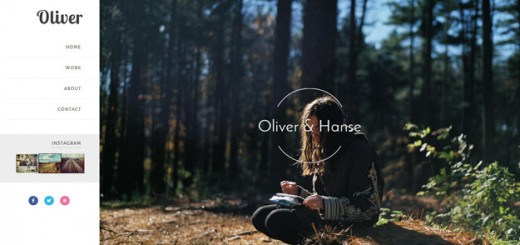No one can deny the power of great visuals, whether it’s an eye-catching logo or an adorable cartoon character.
In a fast-paced digital world full of distractions, great visuals can make your audience focus on your brand for more than a few seconds. For businesses, this is an important factor for successful marketing and advertising efforts.
For various creative requirements, businesses usually hire graphic design companies. On the other hand, there are also graphic artists who also provide creative services.
Due to their closely allied practices— not to mention the presence of the word “graphic” in both their names—it’s easy to confuse one over the other. The truth, however, is that they are two interrelated but completely different disciplines.
Below, we discuss the differences between graphic designers and graphic artists to help you determine whose services you actually need for your business.

One Element Versus the Whole Picture
The main difference between a graphic artist and a graphic designer is that a graphic artist usually deals only with one or two elements of a whole project. For example, they can provide the cover art for a book but not illustrate its pages.
In addition, a graphic artist usually has a recognisable style. Companies or individuals hire them because they want output in that specific style.
Meanwhile, a graphic designer’s job is to combine different elements into one cohesive output that’s pleasing, easy to understand, and engaging. These elements often include the work of graphic artists.
For example, a graphic artist can create a background image and icons. The graphic designer will then take those visual elements and combine them with text provided by writers and photos taken by a photographer to create a website.
Do note that not all graphic artists are graphic designers and vice versa. At the same time, graphic artists can also be graphic designers and vice versa. If you want efficiency, look for a person or company that can be both for you.
Whose Services Do You Need?
What you have to remember is that when working with an individual graphic artist, the output may not necessarily be in cohesion with the rest of the design. The focus is on creating an individual piece (or pieces) of art.
If you need icons, cartoon characters or mascots, illustrations, or specialised fonts, you want a graphic artist.
Many “traditional” artists—that is to say those who use pencils, watercolour, paint, and the like—are also often graphic artists. If you need the output in a digital medium, their work can then be converted for online use.
Of course, graphic artists can also work directly using digital applications in creating their work.
On the other hand, a graphic designer is all about combining and optimising different elements of design. If the output is an instruction manual, a graphic designer ensures that users are able to follow the instructions with the help of their visual layouts.
If the output is a website, a graphic designer’s job is to ensure that it’s easy to navigate and engage with the interface. Some of the work outputs of a graphic designer include marketing materials such as flyers or posters, websites, infographics, business cards, and presentations.
Logos are also often part of a graphic designer’s portfolio, simply because a logo must both be pleasing to look at and be able to tell a story.
Where Do Graphic Artists and Designers Work?
Usually, you can find both graphic artists and graphic designers in advertising agencies, publishing companies, and, of course, art and design firms.
Multinational companies also usually have their own creative departments, sometimes with multiple teams of graphic artists and graphic designers handling visual communications.
If you’re a business owner looking for visual materials to use for awareness and brand identity, it’s best to find graphic artists and graphic designers.
As mentioned previously, it’s best if you can find an individual or a design company that can do both for you. This minimises the back-and-forth between artist and designer, which often results in a smoother workflow.
You can also save on costs this way, since you’ll usually get a package rate for both services.
The Bottomline
The reason why non-creative professionals think that graphic artists and graphic designers have the same job is because their work often overlap. To easily differentiate them, look at the focus of their work.
Graphic artists prioritise style and imagery, while graphic designers focus on the story. The former can work with abstract ideas, while the latter requires more specificity.




